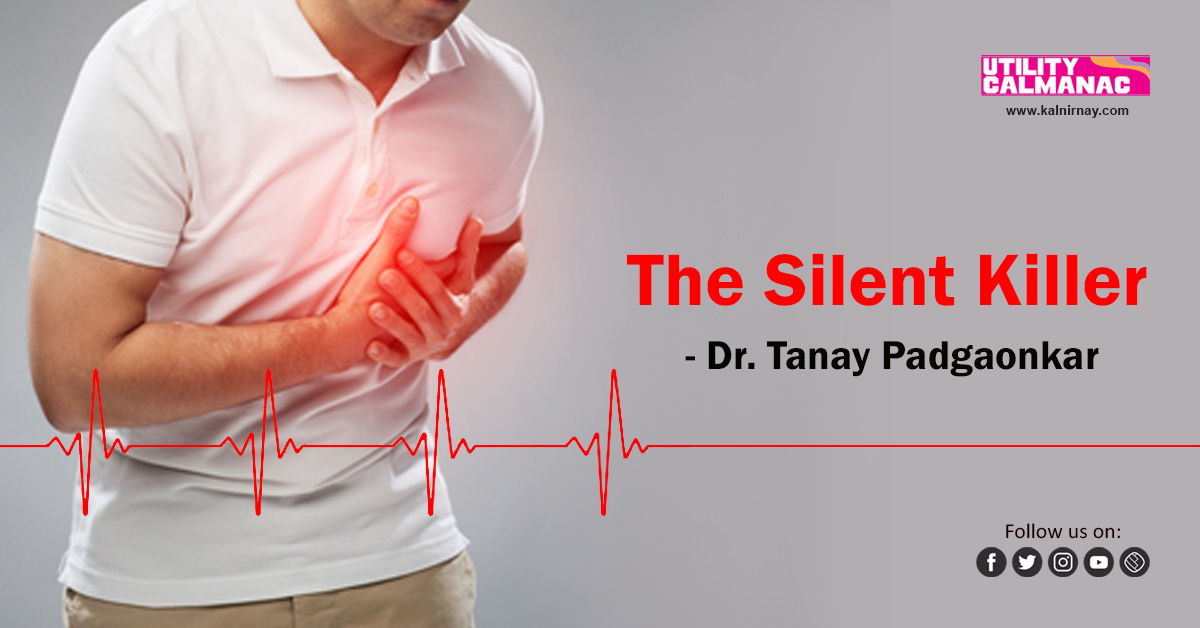The Silent Killer
A silent heart attack describes a situation in which evidence of a prior heart attack is detected during medical testing of a patient who was unaware that he had had a heart attack. Medically it may also be referred to as silent ischemia (lack of oxygen to the heart muscle). Many people do not experience the typical chest discomfort that most people think of when they imagine what it is like to have a heart attack, and this is how these heart attacks may go unnoticed. However, silent heart attacks have real consequences, and patients should learn to take them just as seriously as heart attacks that manifest with traditional symptoms.
There are various mechanisms that lead to a heart attack, which causes inadequate blood flow to a portion of the heart resulting in structural damage. The most common cause of a heart attack is a blockage of a blood vessel that supplies blood to the portion of the heart that depends on that blood vessel. This is commonly caused by a ruptured atherosclerotic plaque with a superimposed blood clot which results in complete occlusion of the blood vessel. The most common risk factors for a silent heart attack are the same as those for a regular heart attack with symptoms. Diabetes, obesity, hypertension, smoking and tobacco chewing, prior heart attack, high cholesterol, age, sedentary lifestyle, and family history of heart disease are the most common risk factors for a heart attack. Diabetics are at a higher risk of heart disease and are also most likely to have atypical complaints or no chest pain at all when having a heart attack.
Some people do have symptoms but just don’t recognize the sensations as coming from their hearts. Indigestion and vague muscle pain are the two most commonly overlooked symptoms that may actually be due to a silent heart attack. The typical complaints of a heart attack such as chest pain on exertion, shortness of breath, profuse sweating are not seen with a silent heart attack. Most patients have no immediate symptoms. However, patients might feel the after-effects of the damage from a heart attack, particularly symptoms of heart failure that can include newly developed difficulty in breathing, swelling in the legs (i.e.: fluid accumulation), and fatigue. There is still much to learn about the differences between men and women with respect to heart attacks, but while all patients can experience atypical symptoms, women – particularly young women – may be less likely to experience traditional symptoms and therefore may not realize they are having a heart attack. Therefore, it is very important for both, the patients and the doctors, to consider the possibility of a heart attack in patients, especially those who have risk factors for heart disease.
By definition, silent heart attacks are those that patients do not know they are experiencing. However, because we know that many patients do not experience the traditional symptoms of a heart attack, people should keep an open mind and seek medical care if they are experiencing unusual symptoms. Regardless of whether the symptoms are from a heart attack or not, it is always important to bring them to the attention of a doctor who can determine the cause and provide appropriate treatment.
The best ways to prevent a silent heart attack include lifestyle modifications and regular health check-ups. Lifestyle modifications include eating a healthy diet, maintaining an active lifestyle with regular physical activity, maintaining a healthy weight, and avoiding tobacco consumption. A regular health check-up can help identify the risk factors and can also help avoid other complications related to high blood pressure, high cholesterol, and diabetes. A regular health checkup should include routine blood investigations, ECG, 2D Echocardiogram, and a stress test if a patient has any risk factors for a heart attack.
It is very important that patients who already have heart disease or have had a heart attack see a cardiologist regularly to care for their hearts. Patients who have had a heart attack in the past, are at a particularly high risk of another heart attack, and a cardiologist can help patients reduce this risk. Coronary angiography is routinely performed to help identify the suspected blockages in the blood vessel of the heart. Patients suffering from multiple blockages in coronary arteries can be safely treated with Angioplasty using the latest generation coronary stents. Various latest intra-coronary imaging techniques such as OCT (optical coherence tomography) and IVUS (intravascular ultrasound) ensure better long-term results in patients with a silent heart attack. Even after a diagnosis of Silent Heart Attacks reperfusion can be achieved by implantation of a drug-eluting stent which can help a blocked artery remain open thereby restoring blood flow to the damaged muscle. A patient suffering from a heart attack will also be started on blood thinners and anti-cholesterol medications along with treatment for controlling the risk factors. Cardiac resynchronization therapy is also available for a patient suffering from heart failure as a result of a silent heart attack.
To read more English blogs, visit our blog section.
Dr. Tanay Padgaonkar

